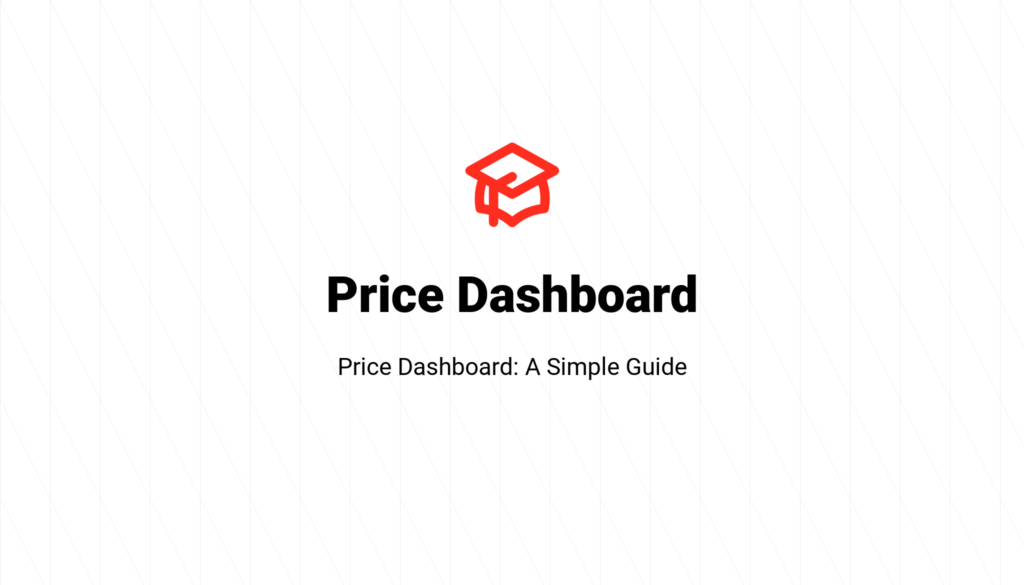Customers usually search at the product level instead of by store. Once they are ready to make a purchase, they end up comparing different attributes like prices. That is why business owners ensure they have a price dashboard to keep the pricing easy to monitor, organized, and stay up-to-date.
Price Dashboard Overview

The pricing dashboard refers to a screen that enables someone to create pricing reports easily. In simple words, you can see what has been the latest happenings on the market at one glance. It is consists of several widgets. You can set each of these widgets to display different data.
The data can be based on the reporting period. For instance, you can check the data from yesterday or last month. The data can also be based on URL or product selection criteria, such as per country, site, category, brand, etc.
Different Price Dashboard Widgets
In building a price dashboard, the type of widget you want to see is the first thing you should determine. Bear in mind each dashboard has its unique purpose. Once you click a particular widget name, you will go to its own section and learn more about it.
Pricing Dynamics
If you select the reporting period, the widget shows how many products have a price increase or drop. You will also see how many products had no price change during that period. It also calculates the overall price change in percentage.
Pricing Landscape
With the pricing landscape widget, you will have a quick analysis of the current prices and even see the prices from a previous data. The widget also shows how many products are no longer available, violate the targeted price, or are priced above or below average. You can use this widget to determine the number of products from the sites that are the most expensive, cheapest, or priced below, above, or the same as your price.
Stock Dynamics
Just like the pricing dynamics, the stock dynamics display how many products have changed their stock status during a specific period. In addition, it helps you determine how many products had no availability change, ran out of stock, and were not available yet got into stock.
Metadata Comparison
Through the metadata comparison widget, you can compare and analyze data much easier. You can also use it to group results according to a category, supplier, and brand. Then, all of them are filtered by a chosen date range.
Multiple Products from the Same Site
This widget helps you identify the pricing trends for product groups on your competitor’s site. This means you have a chance to see up to 20 product pricing history from a site you pick. If you want to define the products you wish to see on the chart, ensure to filter them by a supplier, brand, category, or product name.
Head to Head Comparison
This price dashboard widget allows you to compare two pricing data of the competitors independently from your own. In addition, it helps you identify if the two sites monitor each other that can affect both parties’ pricing strategy.
Product History Chart
With a product history chart, you have a clear picture of the product pricing movements from your monitoring sites. This will help you determine your competitors’ business logic. In addition, this widget helps monitor the MAP/MSRP violations.
Product Price Deviations
This widget displays a set of products with prices deviated from different prices, including your own defined price, price of a particular competitor, maximal price, minimal price, and average price. This will help you become stay updated about the price changes.
Other price dashboard widgets include price competitiveness, price index, product price distribution, assortment coverage, product price deviations, and current price index.
